Sikkimese cuisine beautifully mirrors the rich cultural diversity of this Himalayan State of India. Inspired by its ethnic communities—Lepchas, Bhutias, and Nepalis—the food culture of sikkim & the traditional food offers a tapestry of unique flavors and traditional dishes of Sikkim. Each group has contributed distinct culinary practices, creating a vibrant gastronomic experience as captivating as the region’s landscapes. Missing these must-try foods would leave any trip to Sikkim incomplete. From hearty meat-based specialties to wholesome vegetarian fare, the cuisine caters to all palates. Staples like rice, fresh vegetables, and locally sourced meats are often enhanced with wild herbs, native grains, and fermented ingredients, showcasing the ingenuity of Sikkimese cooking traditions.
Exploring Sikkimese Culture and Cuisine : A Melting Pot of Culture
Sikkim’s cultural identity is shaped by its indigenous communities — primarily the Lepchas, Bhutias, and Nepalese. Each group brings its own customs, festivals, and culinary traditions, resulting in a colorful blend of cultural richness.
Festivals and Traditions
Sikkim celebrates a multitude of vibrant festivals such as Losar (Tibetan New Year), Saga Dawa, Pang Lhabsol, and Tihar. These festivals showcase the spiritual and communal values of the people, often accompanied by traditional dances, rituals, and feasts.
In villages like Kewzing, tourists can experience firsthand the age-old traditions of the Lepcha community, including traditional attire, music, and local cuisine. Homestays in such villages offer an authentic glimpse into daily life and customs.
What is the traditional food of sikkim?
Wondering what is the traditional food of Sikkim? This Himalayan paradise offers unique flavors like momos, thukpa, gundruk, and phagshapa – a must-try among the best foods in Sikkim!
The traditional food of Sikkim blends Tibetan, Nepalese, and Bhutia influences, with dishes like sel roti, thenthuk, and sael roti topping the list of iconic foods in Sikkim.
Sikkimese Cuisine : A Delicious Exploration
Dal Bhat Tarkari/Sabji
This wholesome meal is both a traditional food of Sikkim and the essential staple food of Sikkim, cherished as a daily comfort dish. The nutritious combination features steamed rice, protein-packed lentils, and freshly sautéed seasonal vegetables. It’s typically served with flavorful sides like mustard greens, fiddlehead ferns with local cheese, and fiery homemade spicy chutney. Found in nearly every Sikkimese household, this complete meal perfectly represents the region’s culinary heritage and way of life.
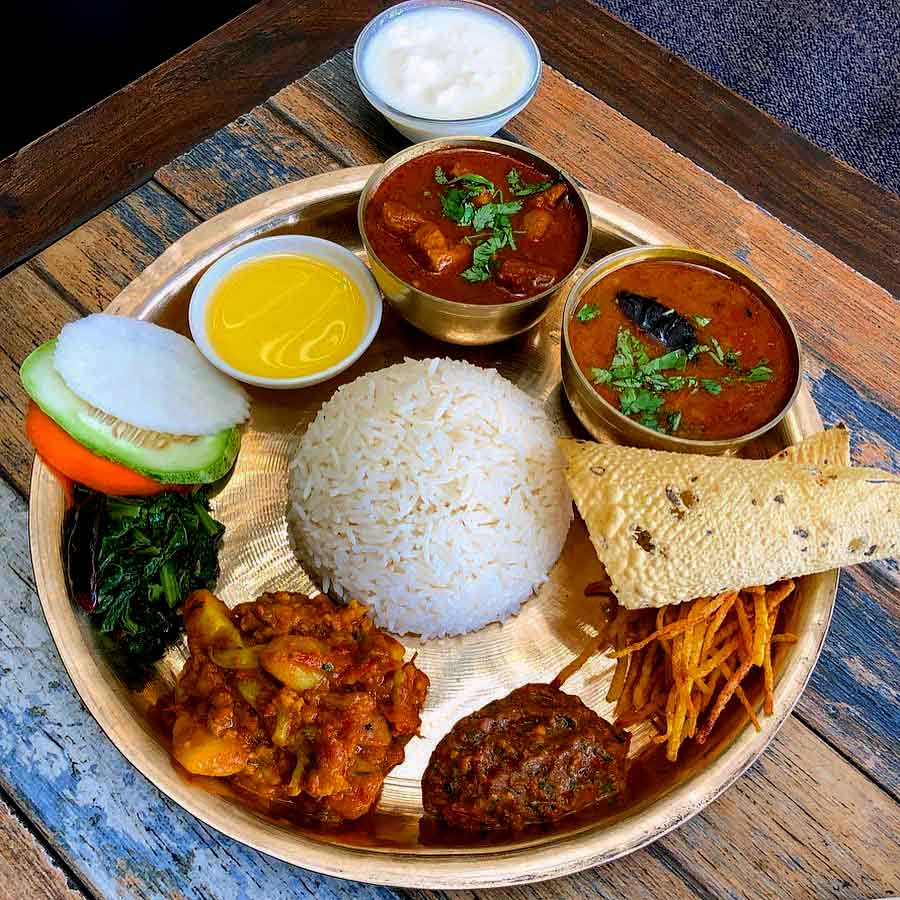
Tongba
Tongba is a traditional Lepcha drink, made out of fermented millet and consumed across Sikkim. Served warm, it is sipped through a bamboo straw, offering a unique and comforting experience. This local alcohol is especially popular among the Limbu, Rai, Sherpa, and Lepcha communities, reflecting its deep roots in the region’s heritage.
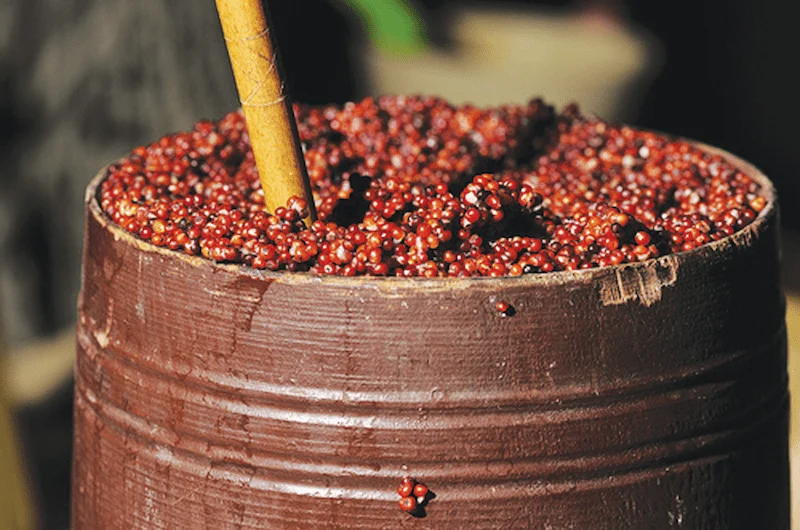
Dhido(Millet Pudding/Porridge)
Dhido is a wholesome traditional porridge and one of the most nutritious dishes of Sikkim. Locals prepare it using millet or buckwheat, stirring it into a thick paste. It is typically served with curd, gundruk soup, or spicy pickles. Packed with essential nutrients, this hearty meal is perfect for warming up on a chilly day.
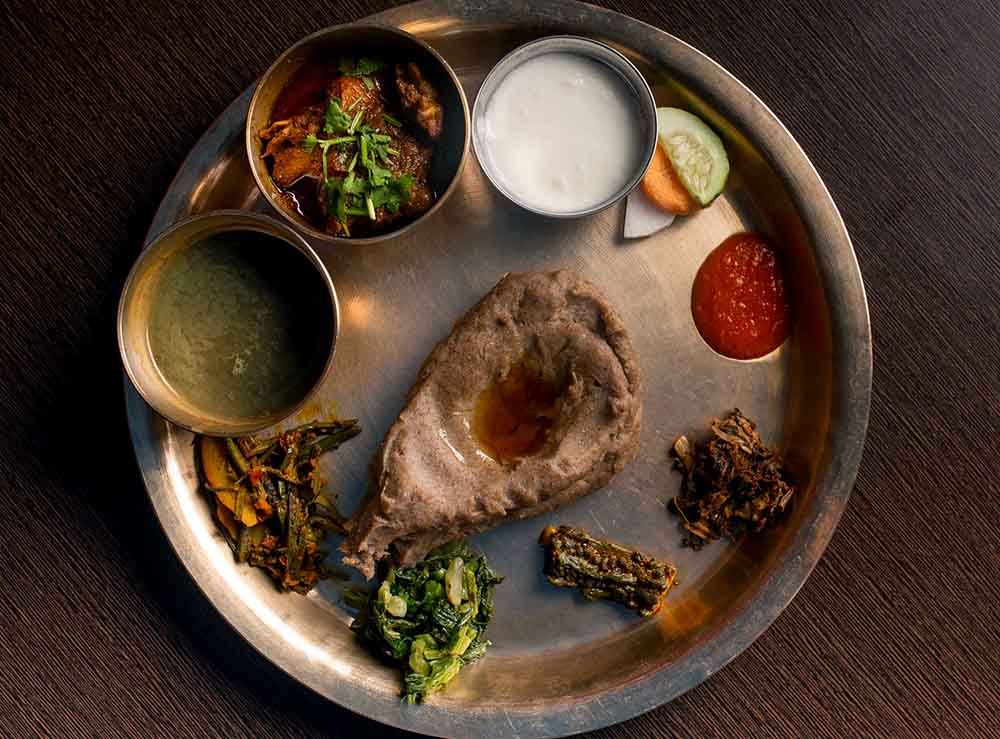
Wachipa a Must-Have Sikkimese Cuisine
Wachipa is a distinctive cultural food of Rai, traditionally prepared with rice and minced chicken. What sets this dish apart is the use of powdered burnt chicken feathers, lending it a characteristic bitter note. For a vegetarian twist, the Rai community substitutes chicken with Damlapa, a unique local plant, preserving the dish’s authentic flavors while adapting to dietary preferences. This dish beautifully showcases the Rai people’s culinary ingenuity and deep connection to their heritage.
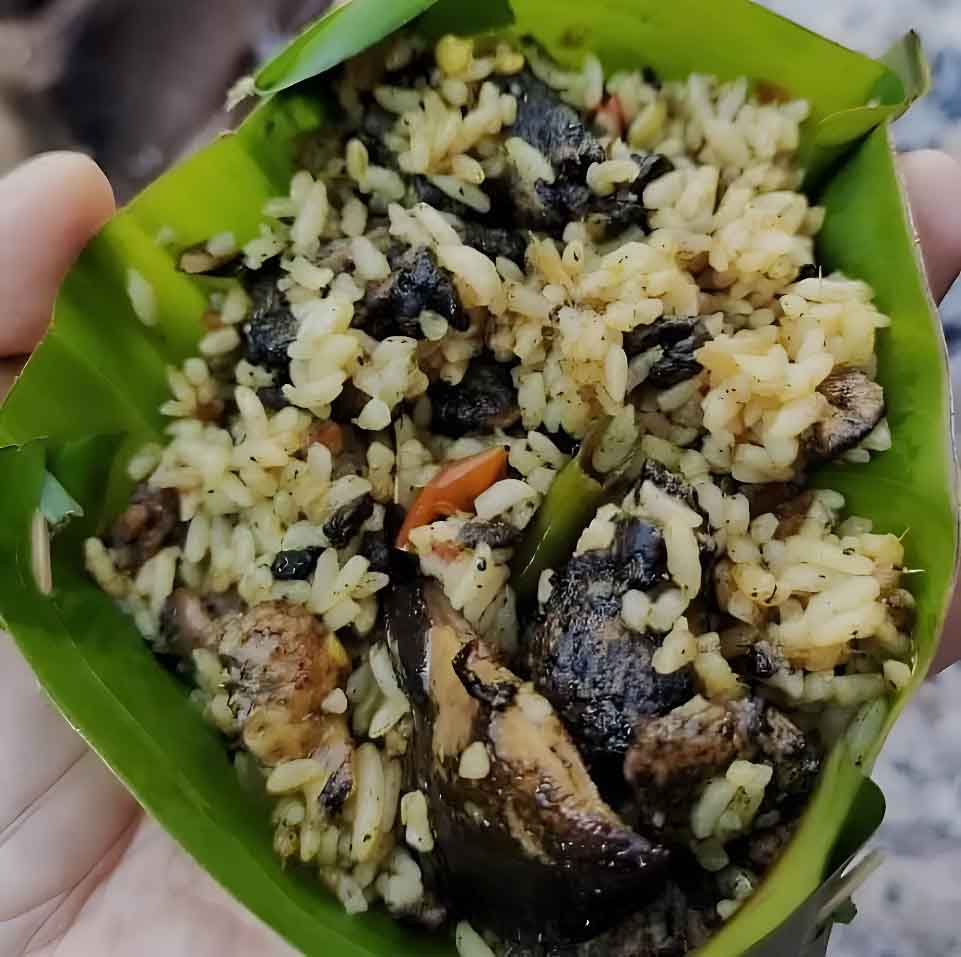
Kodo ko Roti
Kodo ko Roti, a nutritious finger millet pancake, is both a cherished traditional food of Sikkim and an essential staple food of Sikkim. Locals cook this wholesome flatbread on a hot griddle, where it develops its signature earthy flavor. Families commonly pair it with tangy local pickles for a balanced meal. Though simple to prepare, this gluten-free dish delivers lasting energy, earning its place as a daily favorite across Sikkim’s communities. Rural villages especially cherish it, having cultivated millet for generations.

Fapar ko Roti
This wholesome buckwheat flatbread, steamed between fragrant banana leaves, is both a beloved traditional food of Sikkim and a nourishing staple food of Sikkim. Locals enjoy it with fiery homemade pickles or hearty vegetable curries, showcasing its versatility. The bread’s distinctive earthy flavor and soft texture make it an unforgettable part of authentic Sikkim food, particularly cherished in cooler seasons for its warmth and nutritional value.
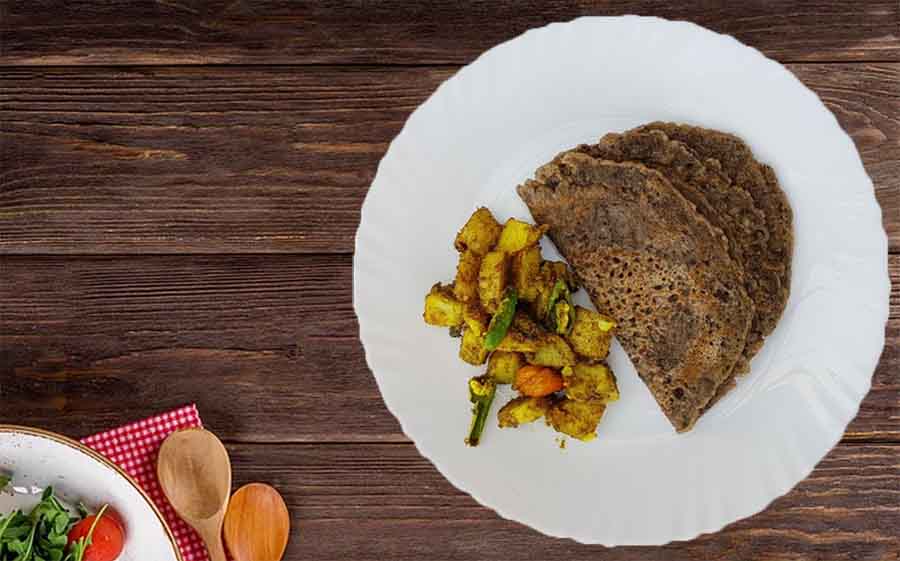
Pakku
Pakku – a fiery mutton curry slow-cooked to perfection – ranks among Sikkim’s most treasured dishes. This traditional food of Sikkim simmers for hours with aromatic spices, developing intense flavors that festival crowds eagerly enjoy with steamed rice or crispy sel roti. As a staple food of Sikkim during celebrations, its rich aroma and tender meat make it a top culinary attraction for visitors exploring Himalayan cuisine. Many travelers list this as one of the must-have foods in Sikkim.
- Best Time to Visit Nathula Pass: Season-by-Season Guide
- How to Reach Ravangla: A Complete Travel Guide for First-Time Visitors
- Spiritual Festivals and Rituals of Sikkim: The Land of Vibrant Spiritual Festivals Amidst the Himalayas
- North Sikkim Tourist Places: Must-Visit Himalayan Gems
- Exploring Gangtok : The Vibrant Capital of Sikkim
Falki
A traditional meat dish from the Gurung community, Falki includes boiled maize and sheep legs. Cooked with tomatoes, onions, and turmeric, it is rich in flavor.
Chambray
Chambray(one of the famous food in Sikkim) is a fried rice dish that locals prepare with bay leaves and cinnamon. They first cook it in ghee, then boil it. Served best with fermented greens or gundruk achar.
Thukpa
Thukpa is a Tibetan noodle soup, made with vegetables or minced meat. It is a popular comfort food, especially during cold months. You’ll find this in all local eateries.
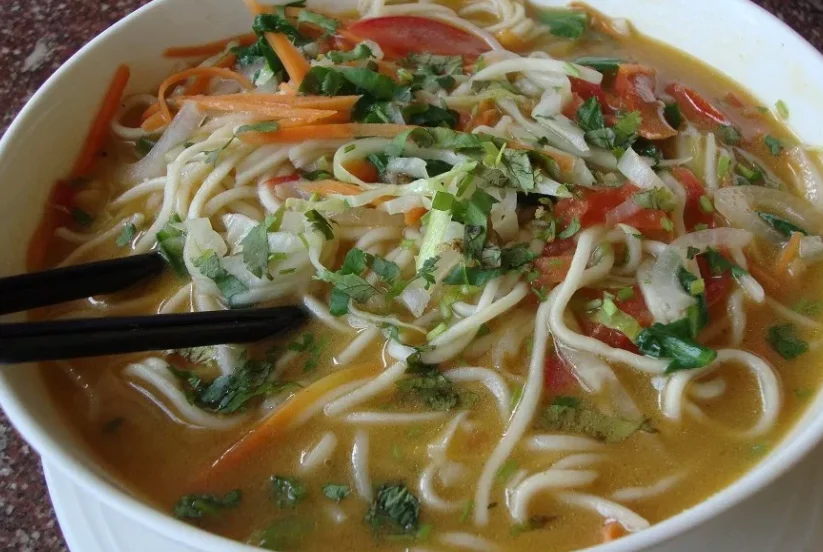
Ponguzhom
Ponguzhom is a rare Lepcha delicacy. Rice and vegetables or fish are packed into bamboo and cooked over open fire. It absorbs a smoky flavor, making it special.
Sisnu Ko Saag (Nettle Greens)
This iron-rich green is boiled into a thick soup. It is slightly tangy and served with boiled rice. Locals often pair it with a Timur chili sauce for extra flavor.
Chhwelaa
Locals prepare Chhwelaa using boiled buffalo meat and fry it with a blend of spices. They usually serve it with puffed rice flakes (Chiura), and it remains a Newar specialty.
Sinki and Gundruk(Considerably famous dish of sikkim)
These are fermented foods made from mustard greens and radish. Sinki works best in potato curry. Gundruk is sour and perfect for soups. They also act as natural probiotics and help digestion.
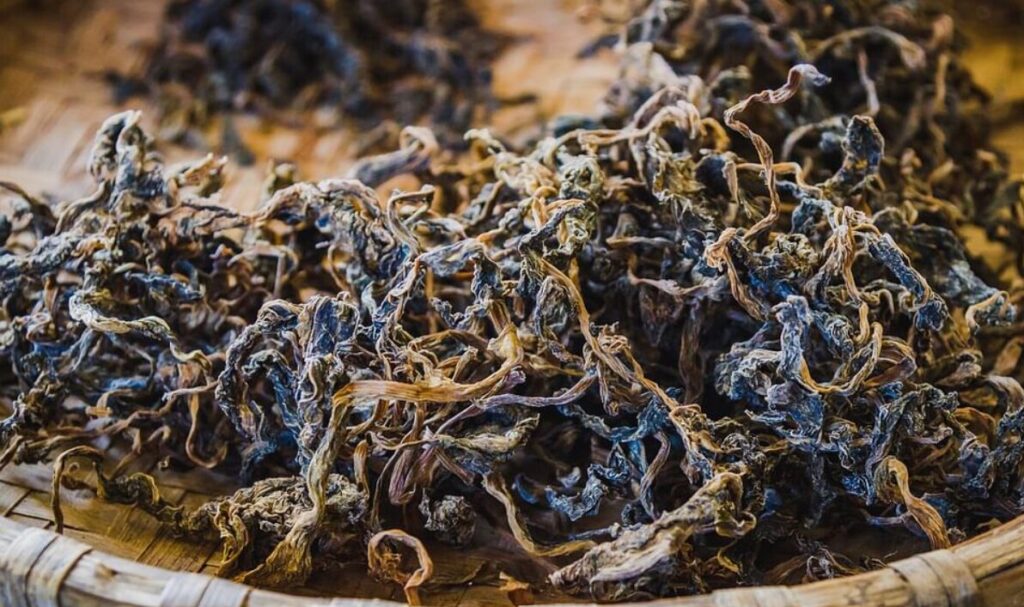
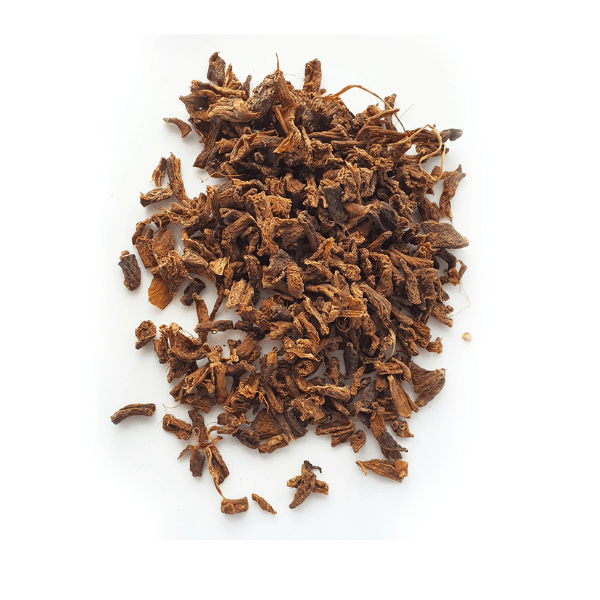
What Makes Sikkimese Dishes Unique?
The use of fermentation, wild herbs, and traditional methods makes the food authentic. Ingredients like buckwheat, millet, and nettle leaves show how well people adapt to the high-altitude lifestyle.
Locals cook most dishes simply, but they enhance the taste using local spices and natural flavors. While exploring the places of tourist interest in Sikkim, be sure to try the local cuisine.
Savor Sikkimese Cuisine During Your Travel
Every region of Sikkim offers its own specialty. In Gangtok, you’ll find a range of food options—from local street snacks to high-end restaurants. Wondering how to reach Gangtok? It’s accessible via Bagdogra Airport, NJP Railway Station, or Pakyong Airport.
Add a food trail to your Sikkim budget tour or itinerary. Try local meals at home-run cafes, community kitchens, and food stalls. You will get an honest taste of the culture.
Why Food is a Part of the Experience
A visit to Sikkim is about more than sightseeing. It’s about connecting with local life—through food, people, and places. Tasting these must-have foods in Sikkim will make your journey rich and memorable.
While exploring the beautiful places in Sikkim, stop by a roadside eatery or ask locals about traditional food in Sikkim. The discoveries beyond the typical tourist trail will truly amaze you.
Final Thought
From the crispy, golden crunch of Sha Phaley to the soul-warming comfort of Chhurpi Soup, Sikkim’s cuisine weaves a vibrant tapestry of Himalayan flavors. Each bite tells a story—whether it’s the umami-rich Kinema Curry (fermented soybean delight), rustic rice flour creations, or the sizzling street food that fills mountain air with aromatic spices.
Yet this list barely scratches the surface. Beyond these famous foods of Sikkim lie countless other treasures: yak milk, deep-fried momo variations, bamboo shoot, piquant side dishes like tungtap (fermented fish chutney), and traditional Lepcha specialties such as phing (noodle stew). The state’s Sikkim cuisine also boasts Bhutia thukpas, Gundruk-based dishes, and sweet endings like sael roti.
What makes these food items extraordinary isn’t just taste—it’s how they mirror Sikkim’s cultural mosaic. Every traditional food, from festive meats to humble fermented staples, carries generations of wisdom. As you explore, you’ll find these dishes aren’t merely meals, but edible heritage.
So come hungry and curious—Sikkim’s culinary story has endless chapters waiting to be savored.
Food in Sikkim is not just about taste. It reflects the state’s rich cultural blend and deep-rooted traditions. From piping hot thukpa to fermented greens, every dish tells a story. Include these sikkim food and culture in your itinerary and complete your travel experience with unforgettable memories.

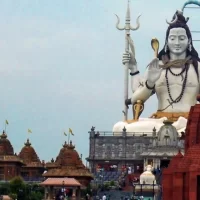

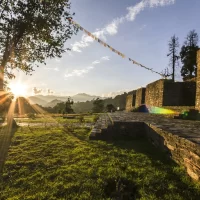
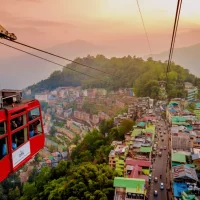



Leave a Reply